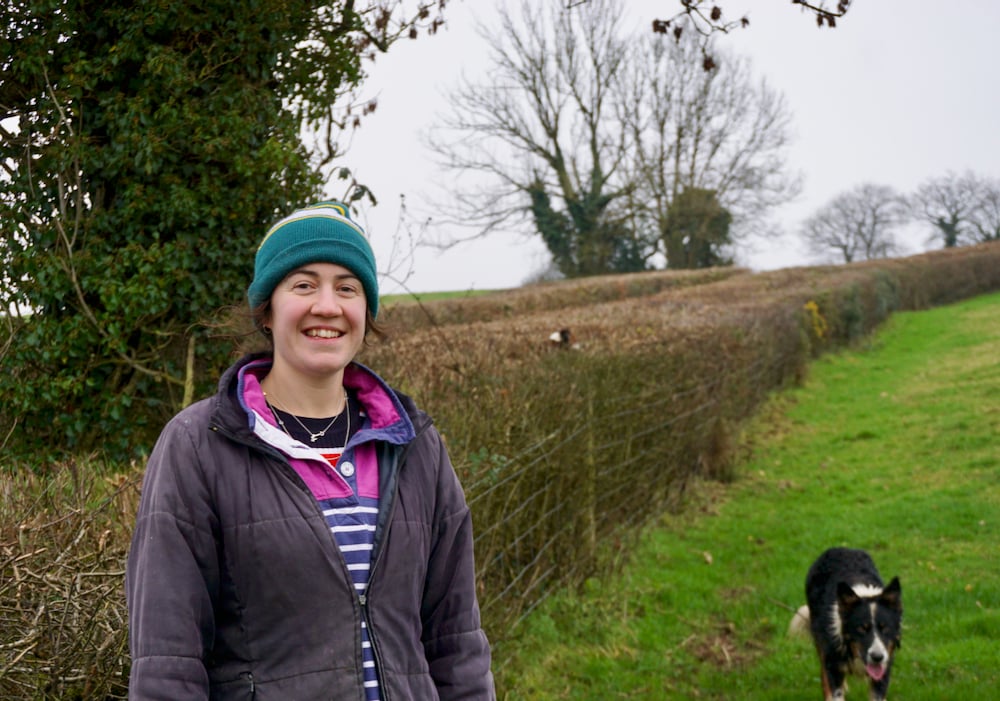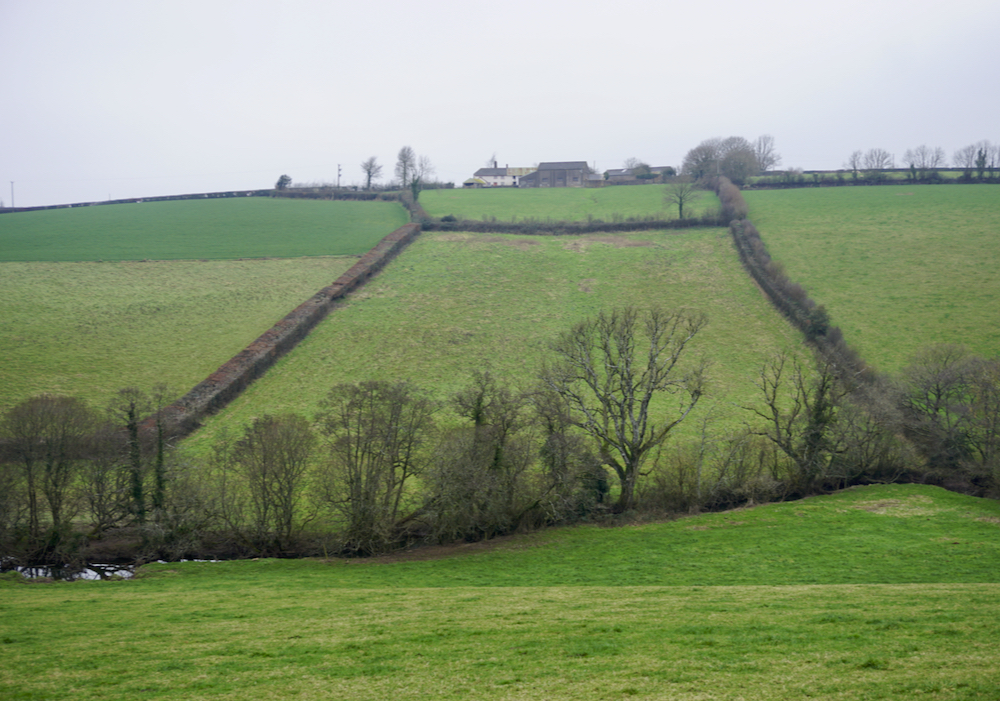A bustle in the hedgerow

Hedgerows have been a critical part of the landscape in Devon, England, for a very long time. They act as shelter for livestock, buffers against inclement weather, refuge and corridors for wildlife and a connection to the area’s historical human story.
Read Also
More BSE-era irritants could disappear
Two more remaining irritants from the BSE case more than 20 years ago could soon go by the wayside. The…
In some ways, however, modern production demands and government response to environmental problems have put pressure on this traditional form of field enclosure.
Why it matters: Hedgerow management, and government policy around that management, is a complex business.
This was the perspective of the Gillbards, a dairy farming family concerned about the United Kingdom’s approach to some agricultural and environmental policies. For them, the best thing the government could do to protect hedgerows, and the ecosystems they support, is to adopt a more hands-off approach, and focus on making farms profitable through production rather than environmental schemes.
Devon hedges — a history
According to the local County Council, hedgerows comprise a distinctive part of the landscape, contributing to “the irregular and sinuous network of small fields and deep lanes” characteristic of County Devon. Over three-quarters of Devon’s 33,000 miles of hedges are thought to have originated between the 12th and 15th centuries. Some of the oldest hedges in the County date from prehistory or incorporate archaeological earthworks, including Dartmoor ‘reaves’ (systems of long parallel boundary banks) estimated to be around 4,000 years old. Devon also contains many manor estate hedge banks which are documented in Anglo-Saxon Charters and survive today as Parish Boundaries.
Farmers such as the Gillbards recognize this history, and have their own personal relationship with the hedges and woodlots on their field perimeters. During a mid-January visit, David Gillbard — the current family patriarch — detailed some of the methods he and his predecessors employed to cut, shape, and reinforce hedgerows. — hand swathing, sawing, pressing and positioning previous growth to ensure the sap within runs the proper direction. These and other methods, comprised an important part of their livestock production system.
Though hand tools have largely been replaced by motorized mowers, the hedges remain a critical part of their farm’s landscape.

photo:
Matt McIntosh
Mowing restrictions
Like fencerows in southwestern Ontario, hedgerows have to be cut to keep them from encroaching too far into the field. Done the right way, trimming hedges keeps them thick and bushy, providing excellent habitat for a variety of wildlife. Properly managed hedges also last longer, and are easier to manage year to year.
What constitutes “the right way” to manage hedgerows is the problem. For David, the best time to cut and shape was around June, when conditions were usually favourable for getting into the field and early enough for the hedges to successfully re-flower. For the UK government, however, the best time to cut hedges is between September and March, and regulations have been imposed to ensure this will be the case.
The reasons for such restrictions are well intentioned, in that cutting during the autumn or winter has less impact on wildlife, including a variety of bird species. But for the Gillbards, there can be unintended consequences.
First, David stresses unfavourable (wet) winter and autumn weather conditions often mean the practical period for cutting hedges is much smaller than what’s allowed on paper. The task usually has to be accomplished during the first handful of allowance weeks — a time when hedges, and trees within, are flush with fruits and nuts which would otherwise be readily available to wildlife for a longer period.
Cutting while fruits and nuts are available also has the secondary effect of frustrating other members of the community, and generating anger at what they perceive to be a lack of care on the part of farmers.
David also raises questions about how effective the spring and summer trimming restrictions are at protecting specific bird species which, in reality, tend to nest in woodlands rather than hedgerows.
Micromanagement
More recently, the U.K. government has changed how it is attempting to promote the establishment, restoration, and retention of hedgerows as part of its Sustainable Farming Incentive. As described by Emma Gillbard, another member of the family, journalist, and arable editor with Farmers Weekly, landowners will be able to stack subsidy payments for every 100 metres of hedge they maintain, or for the number of trees contained within that 100-metre span.
This applies for new hedgerows — such as those recently established in regions with substantially less hedge and tree cover — as well as pre-existing hedges. Previous hedgerow-promotion programs did not cover pre-existing hedges, like those present throughout Devon.
But questions remain. How large, for example, does a tree have to be to garner a payment under the scheme? If there are several dozen trees in the 100-metre span, does the landowner receive separate payments for each? If so, is there a limit? How will landowners and government measure and determine everything at scale? Is throwing significant capital at the problem truly going to accomplish the goals which the government itself has set, or will it simply create another false marketplace?
The fundamental problem, from David’s perspective, is the tendency for government to micromanage environmental policy and how it’s implemented at the farm level. By doing so, farmers who know and understand their unique conditions and production systems have less and less flexibility, and spend more and more time trying to figure out how to stay compliant with shifting — and sometimes competing — requirements.
“Hedgerow management was at its peak on the home farm when subsidies were based on direct linked payments promoting food production, rather than environmental subsidies, as it was an important part of the way we farmed,” David says.
Indeed, he believes policies that maintain profitable farms, which benefit from the true value of hedgerows, might be the best way to optimize hedgerow management.
On a related note, David also believes the now decades-long trend of farm specialization — that is, the move away from mixed farms — remains a core, unaddressed issue at the centre of many of the U.K’.s agriculture-related environmental problems. He wonders whether funding to establish hedges in more crop-heavy, deforested areas would, for example, promote biodiversity in that area, encourage new livestock enterprises; and bring animal products like manure to areas where it is most needed but currently has to be imported from other regions of the country.
“Mixed farms are the solution to these problems,” says David.
Matt McIntosh is a regular Farmtario contributor and a 2024 contemporary Nuffield Canada scholar. He is investigating programs, initiatives and other efforts to help farmers re-establish or conserve ecologically and culturally significant spaces without harming farm viability. His work is sponsored by Nuffield Canada and Epp Ag Solutions.
Source: Farmtario.com

